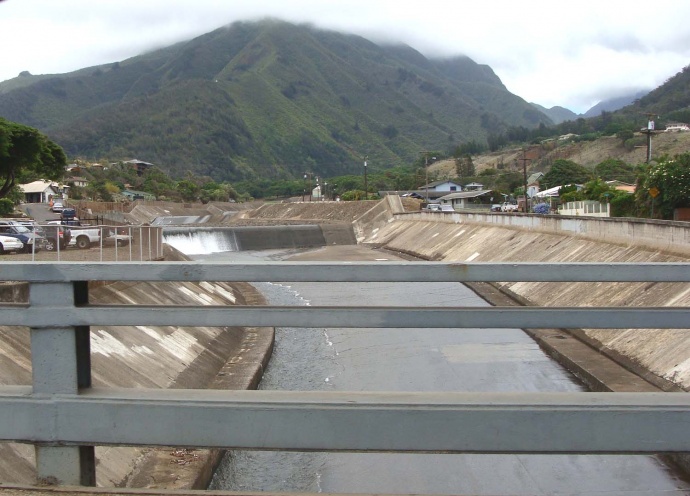Some Drought Recovery Expected on Maui
By Wendy Osher
Some drought recovery is expected on the Big Island of Hawai’i and in Maui County, but a full recovery may not occur due to the intensity and longevity of existing drought conditions, forecasters said.
The information was included in a wet season rainfall outlook released today by the National Oceanic and Atmospheric Administration.
According to the forecast, drought recovery is more likely on the islands of Kauai and Oahu.
Forecasters with the NOAA Climate Prediction Center say El Nino has been trying to develop since spring, but progression has slowed recently with drier than normal conditions expected through early 2013.
Extreme drought (E3) conditions continued over the leeward slopes of Haleakala, and developed over southwest Lanai during the dry season, which ran from May through September 2012.
Over the same period, NOAA officials say extreme drought conditions had also expanded from the South Kohala District and Pohakuloa into the North Kona District. The E3 conditions redeveloped in the southern portion of the Kau District, mainly affecting agricultural operations, NOAA officials said.
On Kauai, forecasters say severe drought, or D2 category conditions developed over the southern and eastern lower slopes of the island, mainly impacting livestock operations.
On O’ahu, moderate drought or D1 conditions were reported over the southwest half of the island, then eased in September to just the leeward slopes of the Waianae Range.
As a reminder during the wet season NOAA administrators advise property owners to keep rain gutters and drainage ditches clean. Those who live in flood-prone areas, as advised to identify evacuation routes ahead of time, and plan for rainy weather impacts.
Weather watchers from NOAA remind the public that the wet season always brings increased potential for lightning strikes. In fact, on June 4, 2011, the agency recorded more than 22,000 lightning flashes in a 30-hour period over and near the main Hawaiian Islands.











